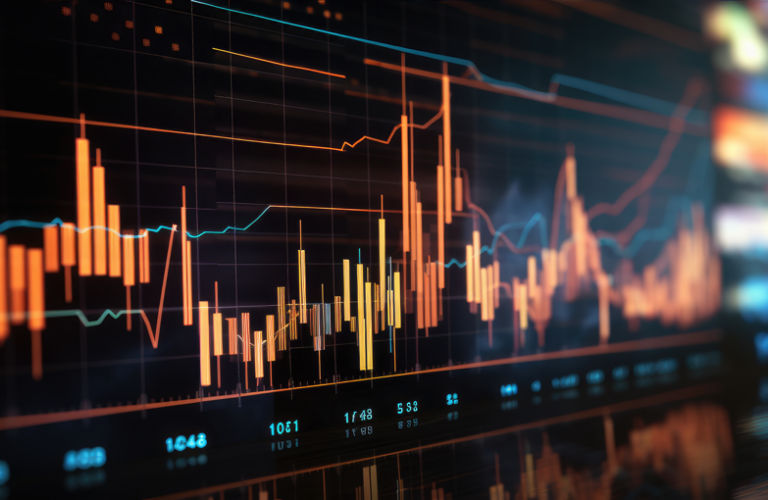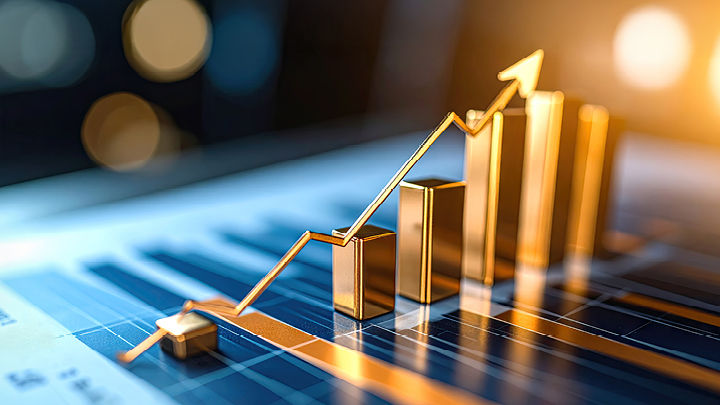A dispute between the U.S. and China over trade and critical minerals chipped away at market sentiment. Stocks wobbled on the news that China expanded export controls on rare earths, after which President Donald Trump threatened to hike tariffs on Chinese goods beginning Nov. 1. Beyond the volatility in equities, a rally in U.S. government debt drove yields lower on Tuesday, while gold registered fresh all-time highs in further signs that renewed trade tensions had put investors in a risk-off mood before turning their attention to high-stakes talks happening this month. With their trade truce hanging in the balance, leaders of the U.S. and China remained on track to meet in late October in South Korea, U.S. Treasury Secretary Scott Bessent told news outlets.
The International Monetary Fund reiterated on Tuesday its view that global economic activity will slow this year amid shifting trade policies, even as the organization upgraded its 2025 U.S. growth forecast to 1.9% from the 1.7% it estimated in July. As growth moderates, market participants expect another interest-rate cut when Federal Reserve officials gather at the end of the month, according to the CME Group’s FedWatch Tool. In a speech on Tuesday, Fed Chair Jay Powell noted how “downside risks to employment appear to have risen.” He added that higher goods prices “primarily reflect tariffs rather than broader inflationary pressures,” which suggests that policymakers are willing to look beyond trade volatility to head off a rise in unemployment.
Without a trade agreement between the world’s two largest economies, global supply chains and financial markets face renewed trepidation. PGIM’s Daleep Singh, Vice Chair and Chief Global Economist, and Shikeb Farooqui, Lead Asia Economist, address pressing questions on the future of U.S.-China trade.
YOU MAY ALSO LIKE
-
The Fed Cuts Again, But Upcoming Moves Less CertainThe Federal Reserve cut the fed funds rate, as expected, but offered up a murky outlook on future moves given uneven economic readings and a lack of data due to the ongoing government shutdown.
Read More
-
Earnings Offer Clues on U.S. ManufacturingCorporate earnings offered clues on the state of manufacturing and supply chains, as businesses continue to adjust to a changing policy landscape.
Read More
-
Complex Outlook Drives Investors to Gold, Other AlternativesPrecious metals such as gold and other alternative assets are attracting investor demand during a period of heightened fiscal uncertainty.
Read More




